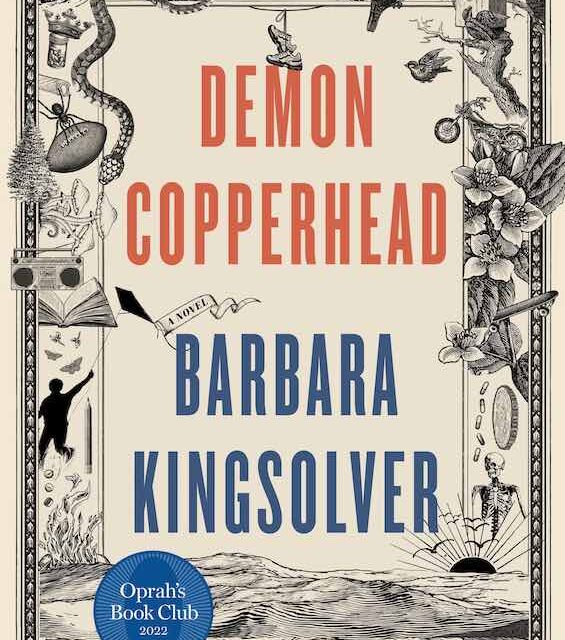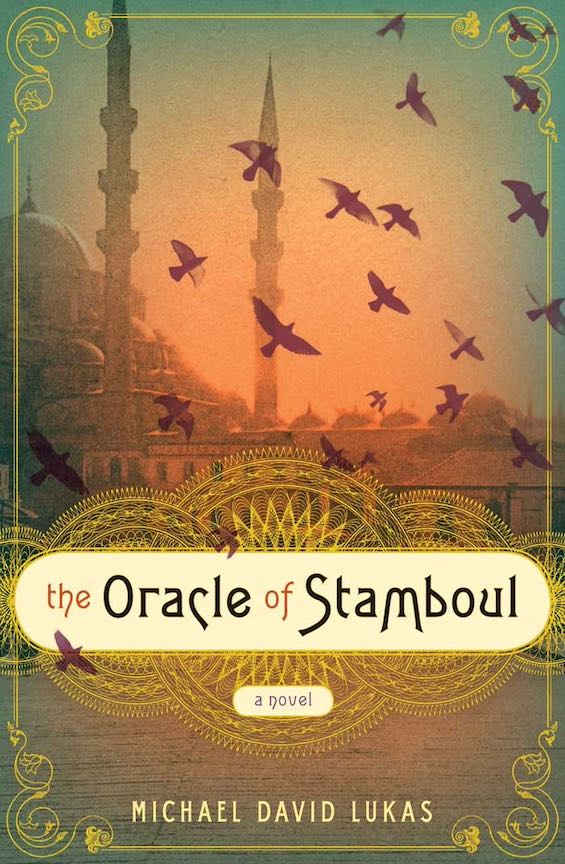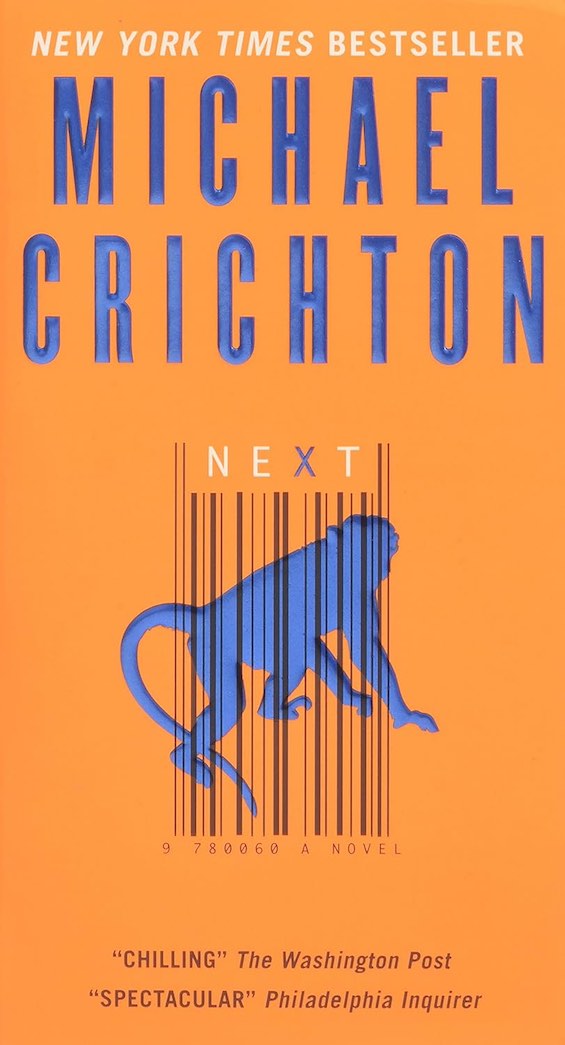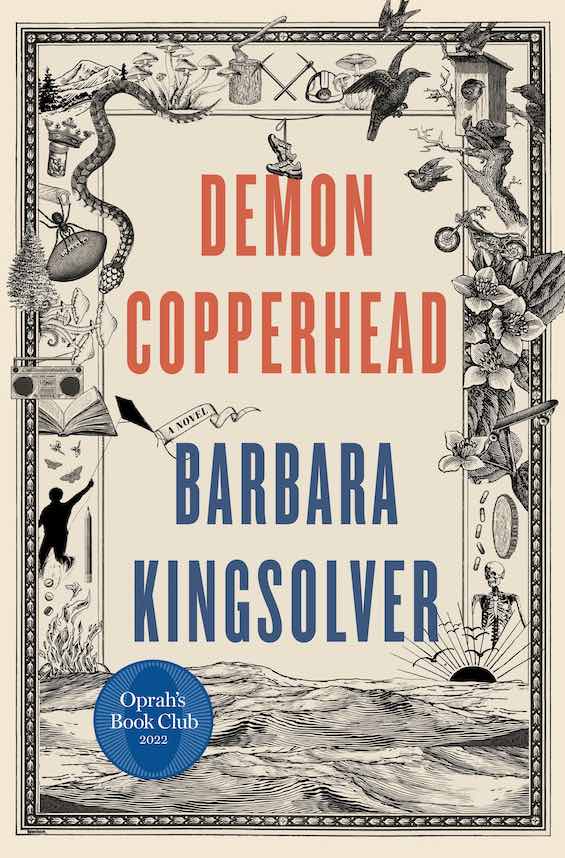
Charles Dickens’s semi-autobiographical novel, David Copperfield, appeared in 1850. The book, his favorite among the nineteen novels he published during his lifetime, plumbed the depths of his difficult upbringing in Victorian England. It has been adapted to film or television fourteen times over the past century. And it appears on many lists of the best novels ever written. Now, the celebrated novelist Barbara Kingsolver has built a modern-day tale of boyhood on the bones of Dickens’ story in Demon Copperhead, her novel about the drug epidemic in Appalachia.
Estimated reading time: 5 minutes
A searing portrait of drug culture in rural America
If you were to read this novel without knowing the identity of the author, you’d swear a man had written it. Somehow, Barbara Kingsolver, who is most assuredly not a man, burrowed down deeply into the mind of her young male narrator and put thoughts in his head and words in his mouth that only a teenage Appalachian orphan might have come up with. The conversational style of his narrative is compelling and endlessly inventive. Kingsolver is demonstrably brilliant, having proven as much with earlier novels such as The Poisonwood Bible and The Lacuna. But her talent overflows the page in Demon Copperhead, which won the 2023 Pulitzer Prize for Fiction. And the book offers us not just an engrossing reading experience but also a searing portrait of the drug epidemic that bedevils our society today.
Demon Copperhead by Barbara Kingsolver (2023) 560 pages ★★★★★
Winner of the 2023 Pulitzer Prize for Fiction
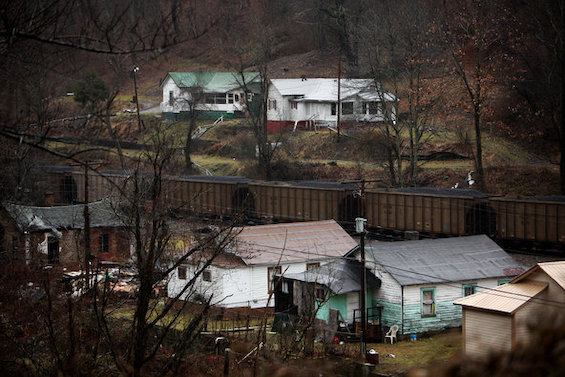
Growing up poor in Appalachia
Kingsolver bases her story in Lee County, Virginia’s westernmost county, bordering Tennessee and Kentucky. Demon’s mother is passed out from drug and alcohol use when she gives birth to him, assisted by their neighbor, Mrs. Peggott. (Dickens’ similar character was David Copperfield’s family housekeeper, Mrs. Peggotty.) And Demon spends most of his childhood with the Peggotts, whose grandson is Demon’s age. Demon nicknames him Maggott. Maggott lives with his grandparents because his mother had tried to kill her boyfriend and is now in prison. Both boys find themselves mocked in elementary school, Demon because he wears tattered clothes and is so obviously poor, Maggott because from an early age he wears heavy makeup and has begun cross-dressing. But soon Demon’s life takes a turn for the worse when his mother invites an abusive brute named Stoner to move in with them.
Thus, disadvantaged from the instant of his birth, Demon lives through the full range of dysfunction in rural society as he grows up. Poverty. Hunger. Lack of healthcare. Death by overdose. Underfunded child welfare services. Exploitive foster parents. Domestic violence, both physical and emotional. Homophobia. We follow him from infancy to the age of nineteen, having watched the woman he loves die of an overdose, as he finally begins coming into his own. For he is a talented cartoonist and—like David Copperfield, a writer—has found success later in life, when he narrates this tale. We’re sure he has, although Kingsolver doesn’t explicitly tell us so.
About the author

The bio on the author’s website begins as follows: “Barbara Kingsolver was born in 1955, and grew up in rural Kentucky. She earned degrees in biology from DePauw University and the University of Arizona, and has worked as a freelance writer and author since 1985. At various times in her adult life she has lived in England, France, and the Canary Islands, and has worked in Europe, Africa, Asia, Mexico, and South America. She spent two decades in Tucson, Arizona, before moving to southwestern Virginia where she currently resides.” Possibly in Lee County, but certainly close by.
Kingsolver’s first novel, The Bean Trees, was published in 1988. She is the author of sixteen books to date, nine of them novels. As her website notes, “Her books have been translated into more than two dozen languages, and have been adopted into the core literature curriculum in high schools and colleges throughout the nation. She has contributed to more than fifty literary anthologies, and her reviews and articles have appeared in most major U.S. newspapers and magazines.”
For related reading
This is one of The best books of 2023 so far.
I’ve also reviewed three of the author’s other novels. All three are superb.
- The Poisonwood Bible (A deeply moving tale of colonialism’s long-lasting impact)
- The Lacuna (Leon Trotsky, Diego Rivera, and the Red Scare)
- Flight Behavior (Barbara Kingsolver writes eloquently about climate change)
You might also care to check out the 20 most enlightening historical novels and the Top 10 great popular novels.
You’ll find a modern-day memoir of life in Appalachia in Hillbilly Elegy: A Memoir of a Family and Culture in Crisis by J. D. Vance (Hillbilly? Redneck? White trash?). Yes, it’s that J. D. Vance, the Right-Wing Republican Senator from Ohio.
And you can always find my most popular reviews, and the most recent ones, on the Home Page.

